The books that changed how Australia cooks
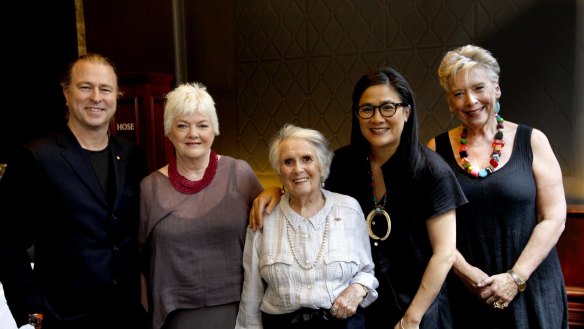
Food writer Rita Erlich raids her library for the classic titles on nearly everyone's kitchen shelf.
There's a story that did the rounds for years: Australian cooking was simply awful until some time after lots of immigrants (mainly Italian) arrived in the 1960s and somehow, by osmosis, Australian home cooking changed for the better.
I've never entirely bought that story. There's evidence that things were pretty lively in the 19th century, but a depression, Federation, and the First World War dampened our enthusiasm and limited ingredients.
Go forward many decades. The story still didn't ring true for me when I was small. Home cooking at our place was very nice, thank you. As it was at our neighbours', whose back garden was full of vegetables and fruit trees and who made a rather fine rabbit casserole and excellent scones. But I know people who groan about the food they grew up with: overcooked lamb or beef and three veg, equally overcooked. All of which goes to show that, in decades past, as now, some people were better cooks than others.
How do people learn to cook? If not from their mothers or fathers, where? There were generations of women whose cooking aptitude was limited by wartime shortages, peacetime poverty, and, after the First World War (evidenced by immigration policy), a suspicion of anything not British – or at least not northern European.
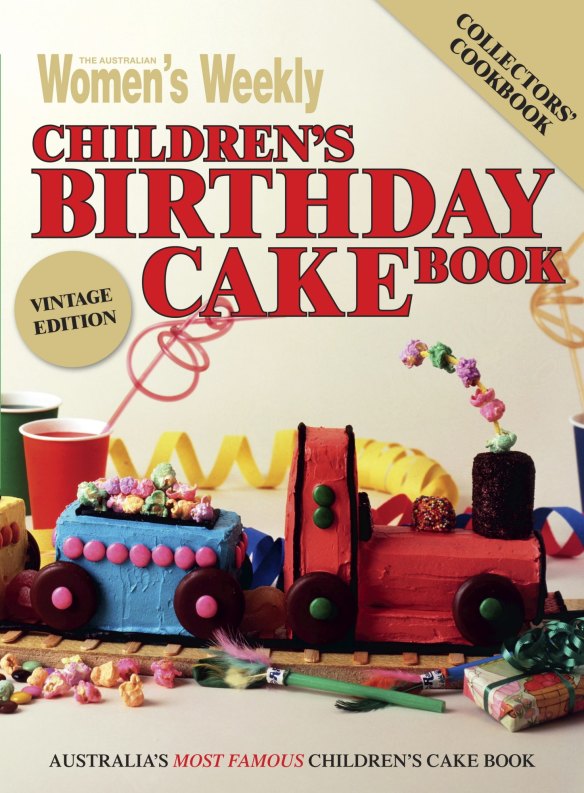
Before the internet, inspiration came from newspapers, magazines and publications such as The PWMU Cookbook, first published in 1904 by the Presbyterian Women's Missionary Union. The book was reprinted 21 times before a second revised edition appeared in 1973.
The Country Women's Association first produced a cookbook in 1936, one of the kitchen stalwarts that has seen more editions than The Good Food Guide. A commemorative 70th edition was released in 2009.
Most newspapers carried recipe columns. In Victoria, the Leader newspaper group (owned by David Syme & Co Ltd) published the Spare Corner books. According to the foreword in my undated edition: "Hundreds and thousands of these books were distributed. During the years of newsprint restriction publication had to cease but the demand never ceased, and, it is in answer to that constant demand coming not only from all over Australia but from overseas as well, that we now publish this Spare Corner Cookery Book."
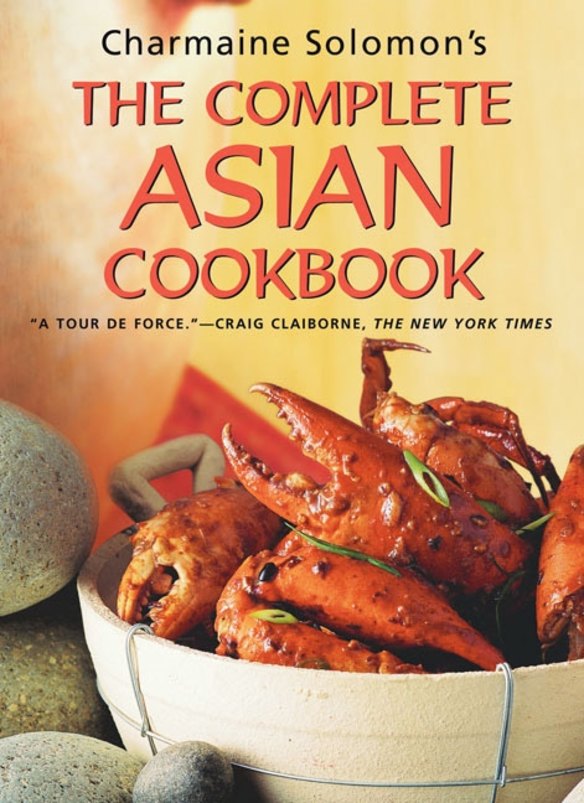
A few years later, a small Scottish-born woman became the food editor of Woman's Day. Margaret Fulton, who died in July at 94), was probably the most important cooking writer in Australia, not only in the magazine, but for her books. The Margaret Fulton Cookbook (Paul Hamlyn,1968) was re-released last year in a 50th anniversary edition (Hardie Grant). Its sales have been spectacular – that first book sold more than a million copies, and that was before revised editions and all the other books.
The recipes were accessible, achievable, reliable, interesting. Here was everyone's answer to the daily challenge of "What's for dinner?", week after week, year after year. Her friendships with chefs and other cooking writers such as Lydney Milan informed their work, and hers.
For more than 20 years, the rival women's magazine, Women's Weekly, had Ellen Sinclair as its food editor. Much less is known about her. The Australian Women's Weekly Cookbook was first published in 1970. Her own book The Ellen Sinclair Cookbook appeared in 1985 (Currey O'Neil). Some of it looks very dated, but all the Women's Weekly books remain cornerstones.
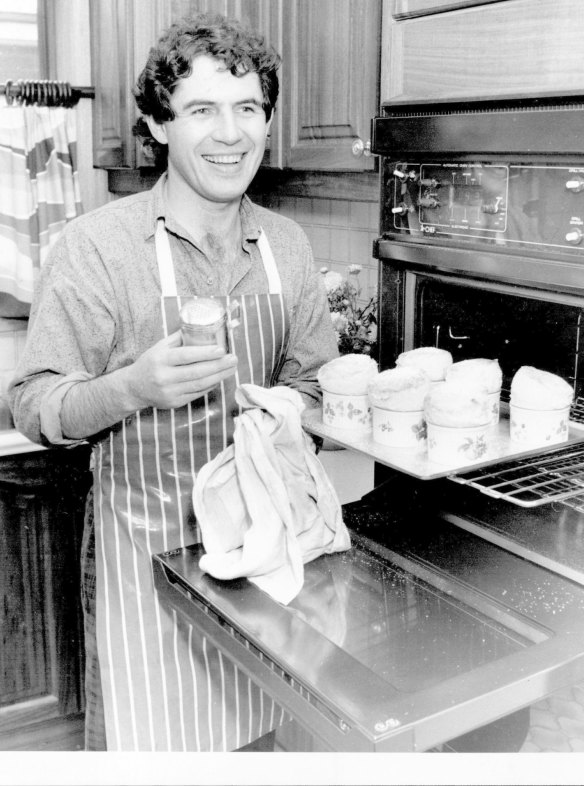
Ellen Sinclair had two great strengths for Australian households. The first was that, for the magazine, she insisted that recipes contain ingredients available everywhere in Australia. She was very clear that she was not only writing for city cooks. Any ingredients that wasn't available usually had a suggested substitute. The other strength was that the recipes were tested. Again and again. They were entirely and wonderfully reliable, and that was the style that continued after Ellen Sinclair left. The Children's Birthday Cake Book came later (1980) and was another winner, written by Pamela Clark and Maryanne Blacker.
Those 1960s and 1970s food editors (and magazines) played another important role. They were introducing Australian cooking to immigrants. Those who knew about ravioli or poppyseed cake or moussaka or biryani were often keen to discover the food their Australian neighbours cooked and ate.
There is a third writer with long-term influence: Charmaine Solomon, whose Complete Asian Cookbook (Lansdowne Press) first appeared in 1976, only a few years after the final demise of the White Australia Policy. The book's importance was enormous, attested by the number of times it was reprinted. It is still a remarkable book, so comprehensive in its range, with clear information about countries and cooking styles in addition to its recipes.
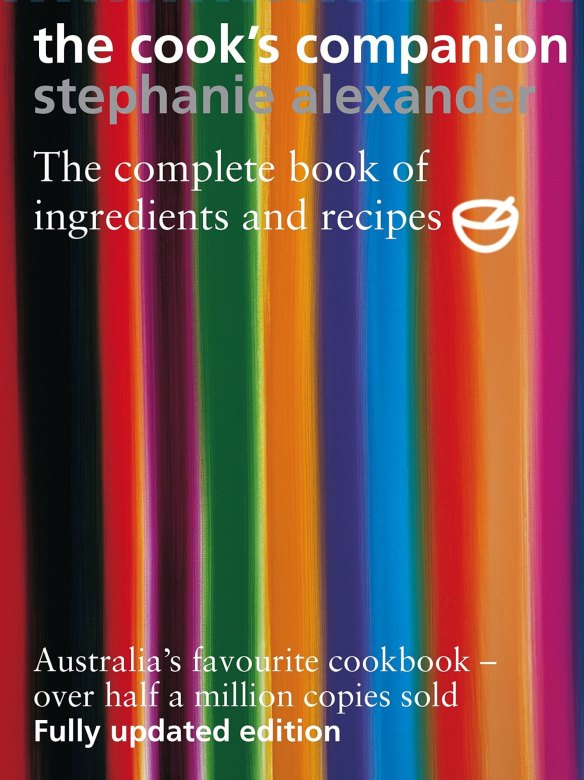
The popularity of Charmaine Solomon's signalled a shift in the Australian palate. That change was due to more than cookbooks. Australia's population was changing, and so did our holiday destinations. Most of us learn new flavours while travelling, and remember the holiday by re-creating dishes.
By the 1980s, Asian cooking was becoming part of the Australian table, although European cooking still had its foot firmly in the door: Gabriel Gate's first book, French Cuisine for Australians, appeared in 1981.
In 1986 came Mogens Bay Esbensen's Thai Cuisine (Nelson). He had lived and worked in Thailand for many years and made a name for himself as a chef in Sydney, working with Damien Pignolet. His restaurant in Port Douglas was influential in a way that is hard to quantify, but its legacy was the book. In my mind he leads to the success of David Thompson's Thai restaurants and books, including Thompson's widely praised Thai Food (Pavilion Books.
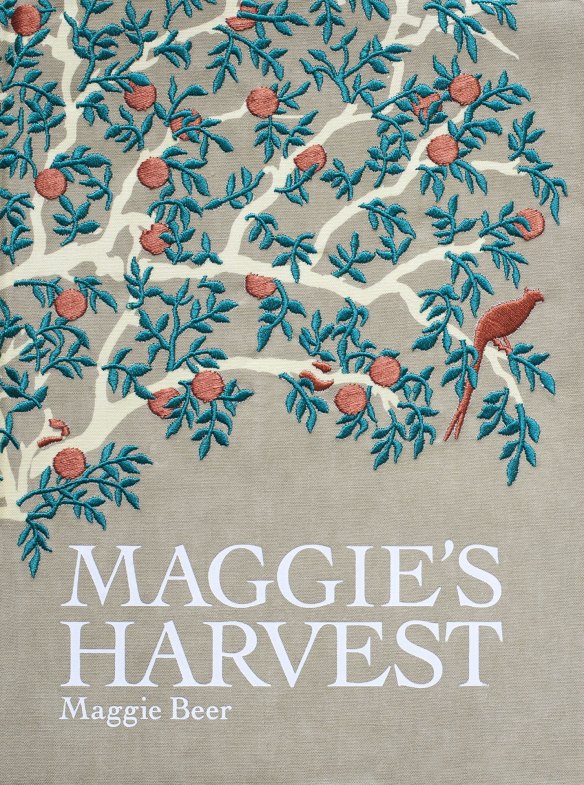
The biggest success, and probably most influential, among chefs' books came with Stephanie Alexander's The Cook's Companion (Viking), first published in 1996. It wasn't her first book, but it was the one that made everyone's shelves. It has sold about 500,000 copies, and is in its second, revised edition. What's so striking about it is that it is all text.
Donna Hay, first writing in Marie Claire magazine, alerted her readers to the importance of presentation, and defined a contemporary look. But the Companion has only a few photographs and some drawings, and it is designed around ingredients, rather than the more usual classification of entrees, main courses, and so on. For me – and for most others – there's a huge amount of interest in the margins, where there are ideas and sketchy recipes, and lists of what goes with any given ingredient.
Books by Barossa-based Maggie Beer – there have been many – have a sense of a warm and generous personality, of food that's grown and known, and a sense of place. Maggie's Harvest (Lantern, 2007) is the big one, a handsome compilation that takes in recipes from her earlier books. One online review I came across grumbled that the book was of use only to Australians – and that is exactly its strength, and the strength of all her books. Her engaging television presence has no doubt contributed to their success.
In the past 20 years, it seems that everything has speeded up. Books have a shorter-lived success and most new books seem to be linked to television series. You've seen the show, now buy the book. It's difficult to measure just how influential Poh Ling Yeow has been. Or Adam Liaw, Shane Delia, Guy Grossi, Karen Martini, Neil Perry, Kylie Kwong, Luke Nguyen or Peter Kuruvita.
What's striking for me about all those names – and that's not even a full list – is that they show how diverse Australian cooking now is. Whatever was happening in the 1950s and earlier certainly wasn't like this.